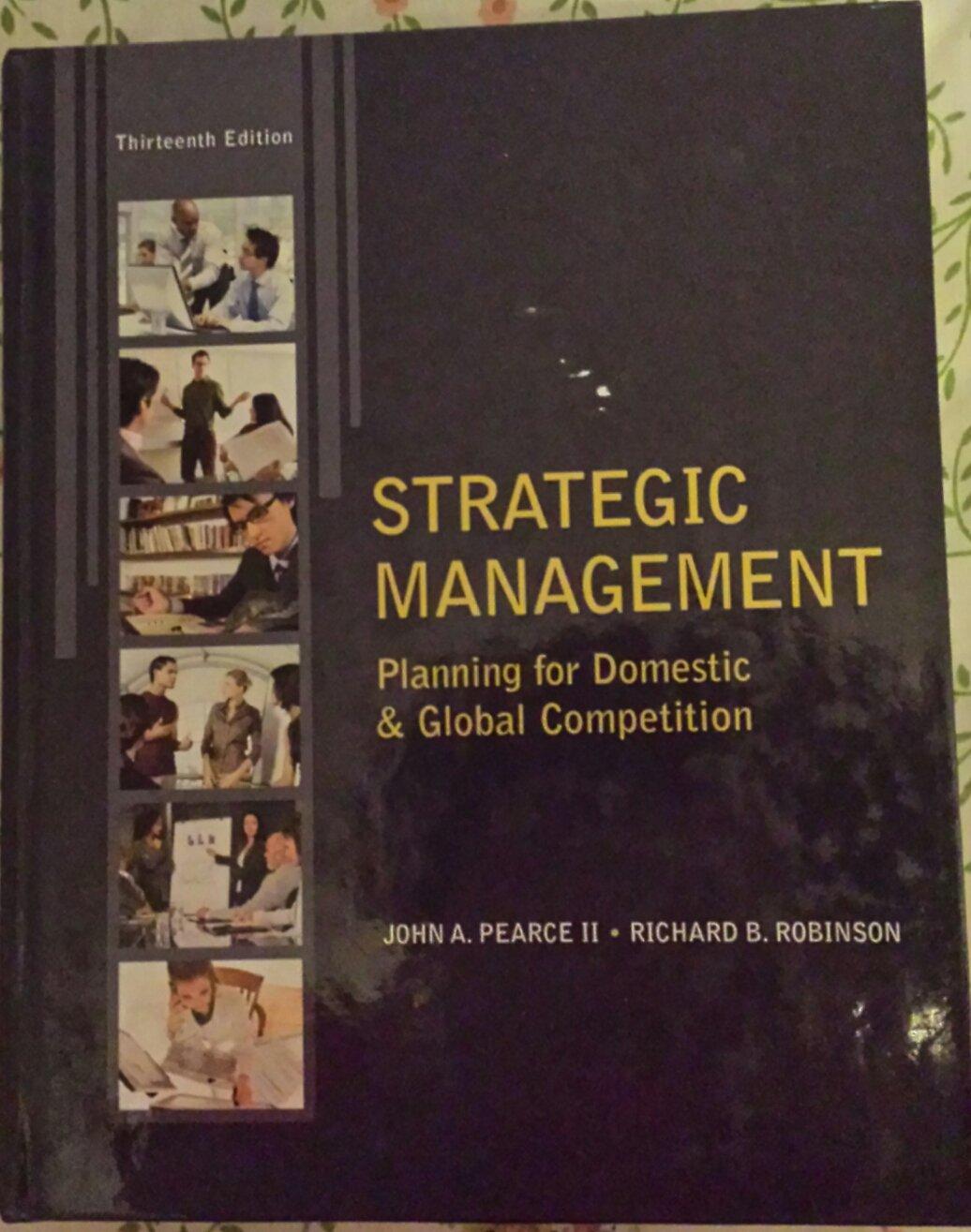Answered step by step
Verified Expert Solution
Question
1 Approved Answer
Case 3: Shurman Family Farm Your last stop on this work trip is in Kensington, PEI at the Shurman Family Farm. The Shurman Family Farm
Case 3: Shurman Family Farm Your last stop on this work trip is in Kensington, PEI at the Shurman Family Farm. The Shurman Family Farm was established in 2011, and is a 25-acre greenhouse production, run by Marc and Krista Shurman, and their three children. Marc and Krista grow 100% certified organic tomatoes, cucumbers, potatoes, and a variety of other vegetables in their 150,000 sq ft greenhouse, and they specialize in creating summer veggie boxes that they distribute across Kensington, Summerside, and Charlottetown. Their sales have been reaching new heights and the demand for their products is the highest it has ever been. Marc has been able to secure another 10 acres to build a secondary greenhouse to specialize in some new fruits and vegetables requested by their customers. Although Marc and Krista are excited about this potential for growth, they know they cannot manage this new workload strictly on their own. Q1. In order to manage the growth of the business, Marc has decided to hire four new employees to support the growing and farming of the vegetables and fruit in the new 10-acre greenhouse. When you meet with Marc, you can see the passion he has for the work he does. He tells you farming is in his blood. He was raised on a farm and therefore has been farming his entire life. He has travelled and lived in different climates to learn how to farm in different regions, and he has pursued this passion further via his education. He is truly an expert in his field. But, with his expertise focused on farming, it has become clear that Marc does not know how to transfer this knowledge to his new employees. He explains that many of the decisions he makes and the ways he practices his farming have become second nature to him. For example, certain practices such as how to plant different seeds, when to water seedlings, and how to prune plants, are all based on his instinct; how is he supposed to train these new hires? Thankfully, you understand how people learn, and can teach Marc how to approach training his employees. Drawing on lessons from reinforcement theory, explain to Marc how he can train his new hires. Be specific in your explanation and recommendations, including how reinforcement works, how you would approach encouraging certain behaviours and dissuading other behaviours (use examples), and how frequently you would apply these behaviours. Q2. You spend another 24 days on the farm, observing Marc and how he manages the farm. First, you notice that one of his new employees, Lixin, spilled over a fruit barrel dropping several pounds of produce on the ground. Marc complains to you about this employee, calling him clumsy, irresponsible, and lazy. He even expresses to you his belief that "if you can't handle a barrel, you can't handle farming". He considers firing the employee on the spot. Second, you see that Marc has decided to produce a new crop in his greenhouse: cucamelons. Cucamelons are a subspecies of small cucumbers, typically grown in Mexico. The crop he is growing does not seem to be producing. He has spoken with a new supplier who told him that there are two options of seeds for the cucamelons that Marc can purchase- the first will guarantee Marc 5000 cucamelons for the season, whereas the second will give Marc a 50% chance of producing 11,000 cucamelons for the season and a 50% chance of producing none. Marc is inclined to purchase the first option. Third, you notice Marc seems to favour one employee over the others. Specifically, one of his new hires, Eric, was a hockey player, and he tells you that he believes that Eric will rise to the top, because hockey players have excellent work ethic and drive. He highlights how hard Eric works, pointing to examples of Eric planting the crops as directed, confirming his belief that he ought to hire more athletes. You notice that Eric also dropped a barrel of fruit one day, but Marc did not seem to notice that or care. Identify and define each bias (hint - there are three) Marc is exhibiting with each situation and use examples from the case to justify your identification
Step by Step Solution
There are 3 Steps involved in it
Step: 1

Get Instant Access to Expert-Tailored Solutions
See step-by-step solutions with expert insights and AI powered tools for academic success
Step: 2

Step: 3

Ace Your Homework with AI
Get the answers you need in no time with our AI-driven, step-by-step assistance
Get Started


